Christelle Godin
Human Initiated Grasp Space Exploration Algorithm for an Underactuated Robot Gripper Using Variational Autoencoder
Sep 20, 2021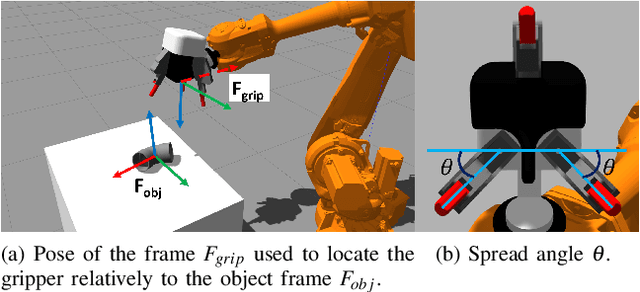


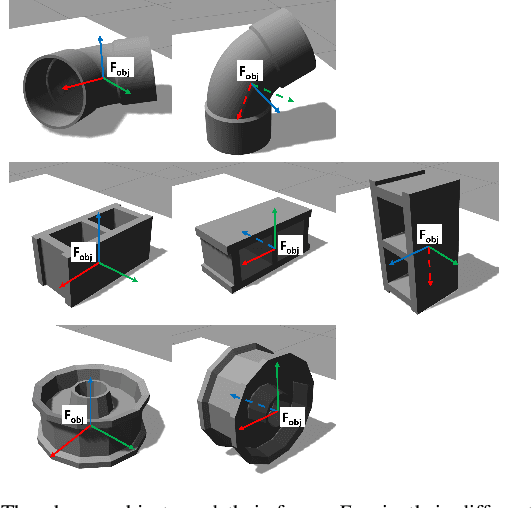
Abstract:Grasp planning and most specifically the grasp space exploration is still an open issue in robotics. This article presents an efficient procedure for exploring the grasp space of a multifingered adaptive gripper for generating reliable grasps given a known object pose. This procedure relies on a limited dataset of manually specified expert grasps, and use a mixed analytic and data-driven approach based on the use of a grasp quality metric and variational autoencoders. The performances of this method are assessed by generating grasps in simulation for three different objects. On this grasp planning task, this method reaches a grasp success rate of 99.91% on 7000 trials.
Learning to Model the Grasp Space of an Underactuated Robot Gripper Using Variational Autoencoder
Sep 17, 2021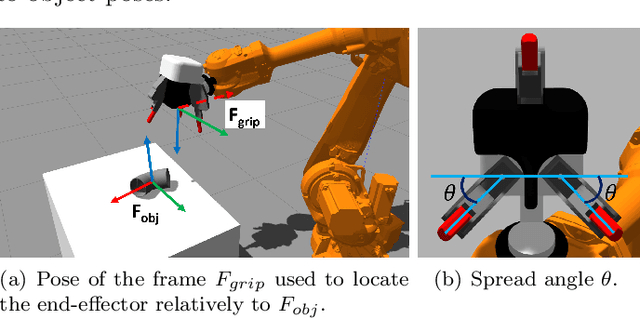
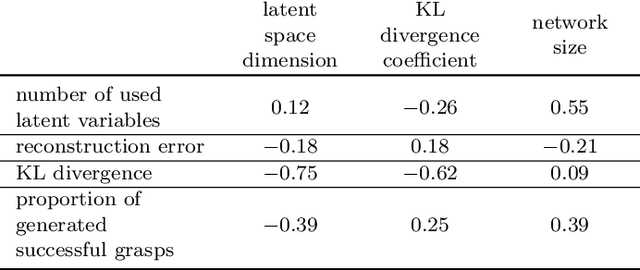

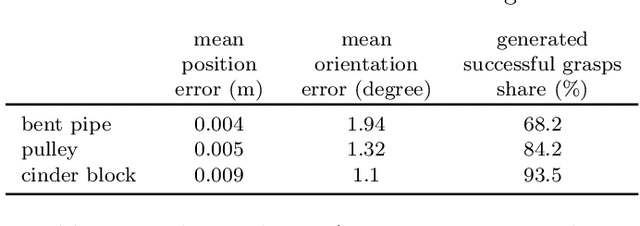
Abstract:Grasp planning and most specifically the grasp space exploration is still an open issue in robotics. This article presents a data-driven oriented methodology to model the grasp space of a multi-fingered adaptive gripper for known objects. This method relies on a limited dataset of manually specified expert grasps, and uses variational autoencoder to learn grasp intrinsic features in a compact way from a computational point of view. The learnt model can then be used to generate new non-learnt gripper configurations to explore the grasp space.
* accepted at SYSID 2021 conference
 Add to Chrome
Add to Chrome Add to Firefox
Add to Firefox Add to Edge
Add to Edge